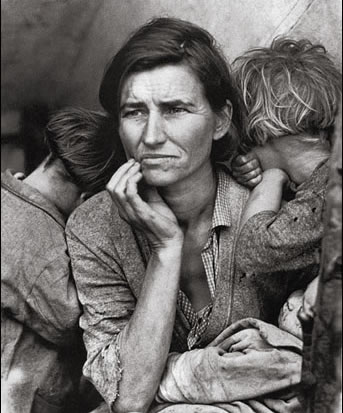The 21st century has seen the likes of data journalism, photo journalism, videos and podcasts change the state of digital media.
Journalists engagement with technology has reformed the way that stories are produced, received and consumed. These mediums have opened the doors for many story tellers, who can now share their content with millions at the click of a button.
For most of us millennials, the primary platform we use to access our news is through our smart phones. In the age of Instagram, photo journalism has been used to capture our attention and tell some amazing stories.
Humans of New York (HONY), one I’m sure you have heard of, blogs the stories of everyday New Yorkers. Creator Brandon Stanton set out with the aim of creating “kind of a photographic census of the city”.
Quickly, this hobby turned into a full-time job collating content based on people he found on the streets. Gaining momentum on Facebook, HONY was eventually published into a best-selling photobook.
The idea was so simple, not a revelation within the documentary practice, which poses the curious question of how Stanton was so successful. His stories captured so brilliantly disguise no hidden agenda. Stanton set out with a mission to capture the essence of the human race. The narratives are raw, inclusive, incredibly private and yet so relatable.
Stanton puts it down to the fact that in opposition to social media, HONY doesn’t set unrealistic expectations for the lives of everyday people. “I think what Humans of New York does is highlights maybe the other tones of our lives that people aren’t so willing to express”, he said to the American National Public Radio Company.
Being so hugely popular, Stanton has announced his latest project to document the migrant crisis, in partnership with the United Nations Refugee Agency.
In 2016, Time Magazine commissioned a team of photographers to capture the crisis’ occurring across the world. They collated a folio of the best photojournalism work throughout the year, documenting the pilgrimage of refugees, those who survived their war stricken countries and those who did not.
The photos are evocative and stunningly heartbreaking. It is impossible to engage with this content and imagine if the images were substituted for words. It is the brilliant photography that captures our attention and makes us feel more than words alone could.
Photojournalism is doing great things for the industry. It allows us to see more, feel more an create more.
We scroll through hundreds of photos everyday on our social media and are undoubtedly attracted to the simplicity of a picture that can tell a thousand words.
Featured image: “Migrant Mother” by Deborah Lange. The iconic 1936 image is part of one of the most influential photojournalism stories where Lange set out to document the struggle of those suffering from the Great Depression.

